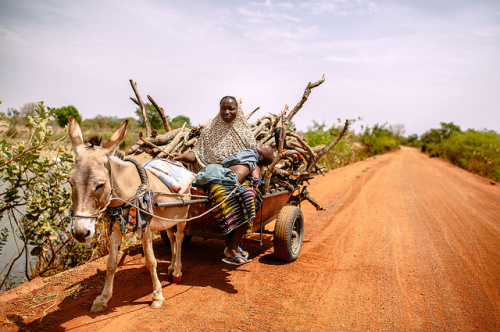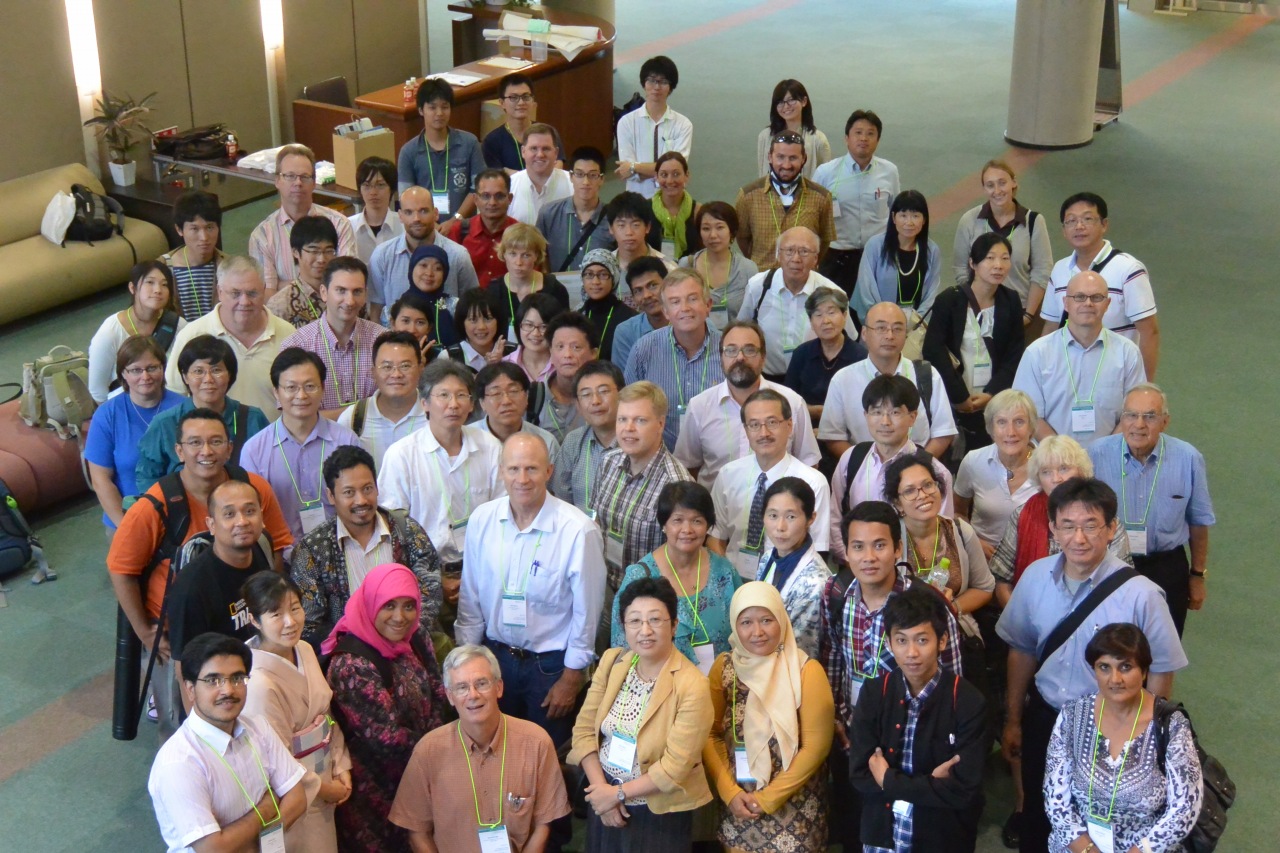Spotlight #79 – A Focus on Gender Equality in Forestry
Spotlight #79 – A Focus on Gender Equality in Forestry

When one thinks of forests, forestry and forest research, gender equality is probably not the first thing that springs to mind.
But it actually makes a lot of sense, explains Dr. Gun Lidestav, of the Department of Forest Resource Management at the Swedish University of Agricultural Science. Dr Lidestav is also Coordinator of the IUFRO Gender Equality in Forestry Task Force (TF).
Read more…On Social Aspects of Forests and Forestry
IUFRO All-Division 6 Meeting at the 125th Anniversary Congress
An Interview with Division 6 Coordinator Tuija Sievänen of the Natural Resources Institute Finland
—– Read more…
IUFRO 125th Anniversary Congress Spotlight #46 – Getting a handle on future needs of forestland owners
Private owners control nearly 70 million hectares of forestland around the globe and account for well over 50% of the forestland in many countries in Europe and North and South America.

What does the future hold for owners of forestland? (Photo Pixabay)
These owners – many of them families, individuals and other small holders – operating within social, financial and political constraints, will largely dictate the future of the forests.
That is the underlying reason for a session at the upcoming IUFRO 125th Anniversary Congress in Freiburg, Germany in September entitled: History, Findings and Future Directions of Forest Landowner Research.
Dr. Brett Butler, of the U.S. Forest Service, is coordinating the session and says: “There are numerous individual researchers and institutions that study these private owners, but the opportunities to directly compare findings and methods across countries are limited. Read more…
Toss clichés aside and consider gender in ‘landscape’ context — expert says
NOTE: This text is reblogged from the CIFOR blog post at http://blog.cifor.org/20697/toss-cliches-aside-and-consider-gender-in-landscape-context-expert#.Us022ifzzTO
***********************************************************

We need to challenge our own blind spots and put gender research into practice, said Esther Mwangi, a senior scientist with the Forests and Governance Program at the Center for International Forestry Research. CIFOR/Ollivier Girard
WARSAW, Poland (18 December 2013) — Crafting development strategies based on credible research results rather than relying on outdated, unsubstantiated statistics will eliminate gender stereotypes and boost the fight against climate change, a development expert says.
Steering sustainable development polices toward a “landscapes approach” framework, which applies an integrated approach to land management, will make the relevance of gender to environmental debates even more apparent, said Seema Arora-Jonsson, associate professor of rural development with the University of Agricultural Sciences in Uppsala, Sweden.
Linking gendered knowledge with gender-responsive action across the landscape: What works?
GLF Discussion Forum jointly organized by World Farmers’ Organisation (WFO); International Union of Forest Research Organizations (IUFRO);
Center for International Forestry Research (CIFOR);
Food, Agriculture and Natural Resources Policy Analysis Network (FANRPAN);
On Sunday, 17 November 2013 at 15:00-17:30, Old Library Building, (Room 214-216).
Keynote speaker Seema Arora-Jonsson from the Swedish University of Agricultural Sciences senses a resurgent anxiety about gender in environmental policy and practice today. The landscape approach with its focus on the geographical context and its overlapping relationships makes the importance of gender all the more apparent.
Adding a gender perspective helps to better understand future challenges of small-scale and community-based forestry
Report from the IUFRO 2013 Conference on Future Directions of Small-scale and Community-based Forestry, Fukuoka, Japan, 8-13 September.
Community-based forestry and small-scale forestry are of key importance for sustaining sound forest management in both developed and developing countries. Small-scale forestry provides important environmental protection, landscape conservation and rural development benefits as well as timber production in many countries. However, small-scale forestry faces major challenges in developed and semi-developed countries, especially associated with aging, declining birthrates, depopulation, and unemployment in rural districts.
In many countries, small and fragmented forestland ownership is quite common. In some countries, communal forest ownership as a residue from feudal eras is still alive and has been managed by rural communities.

